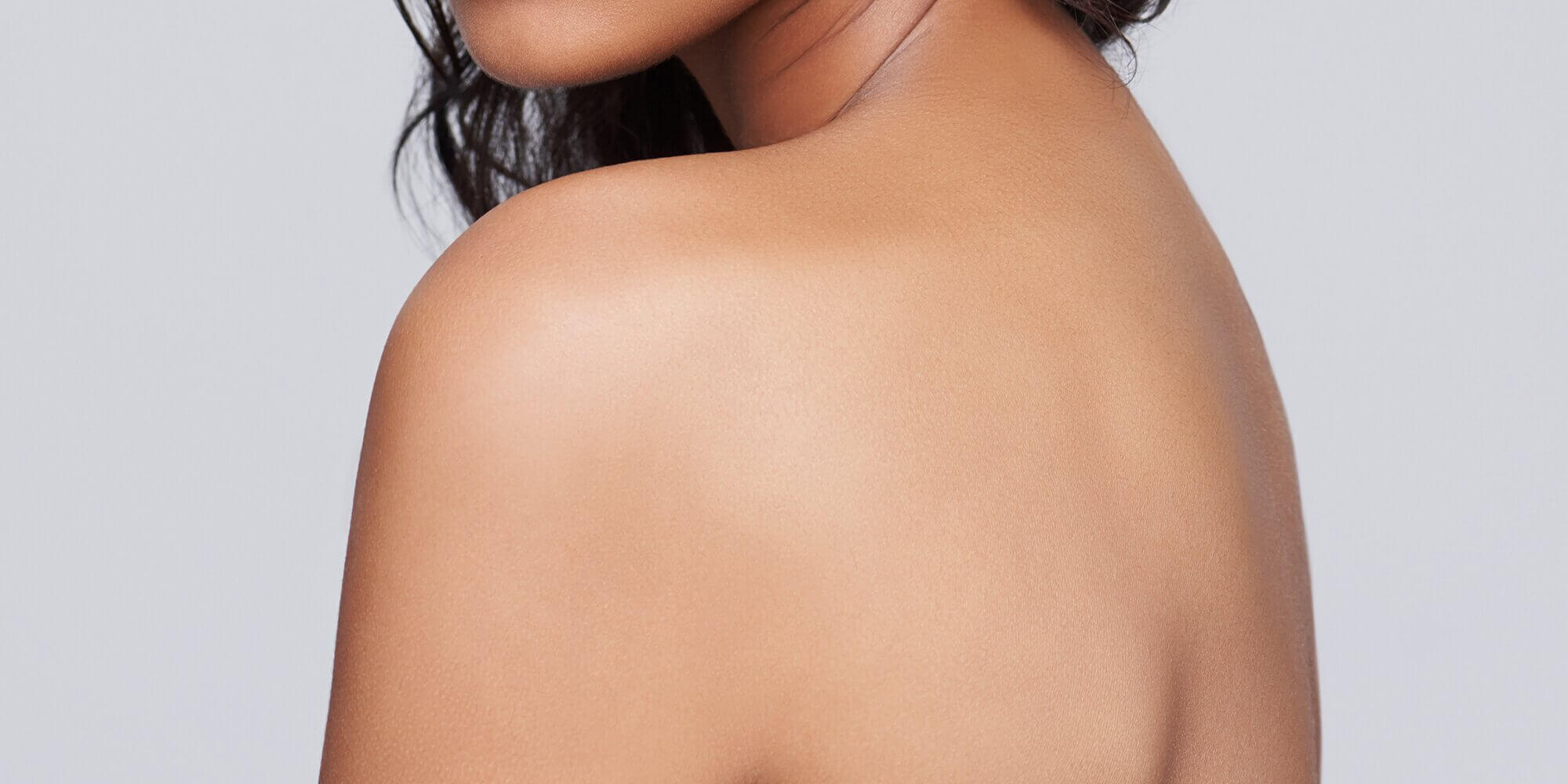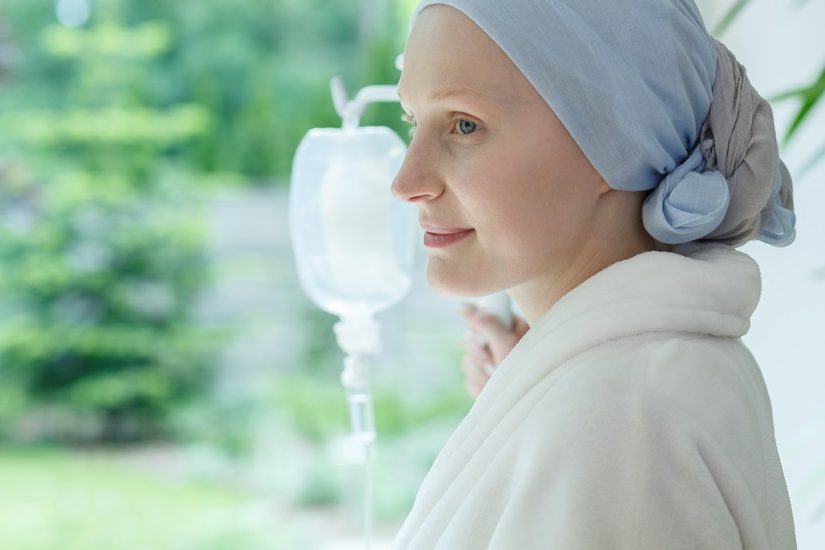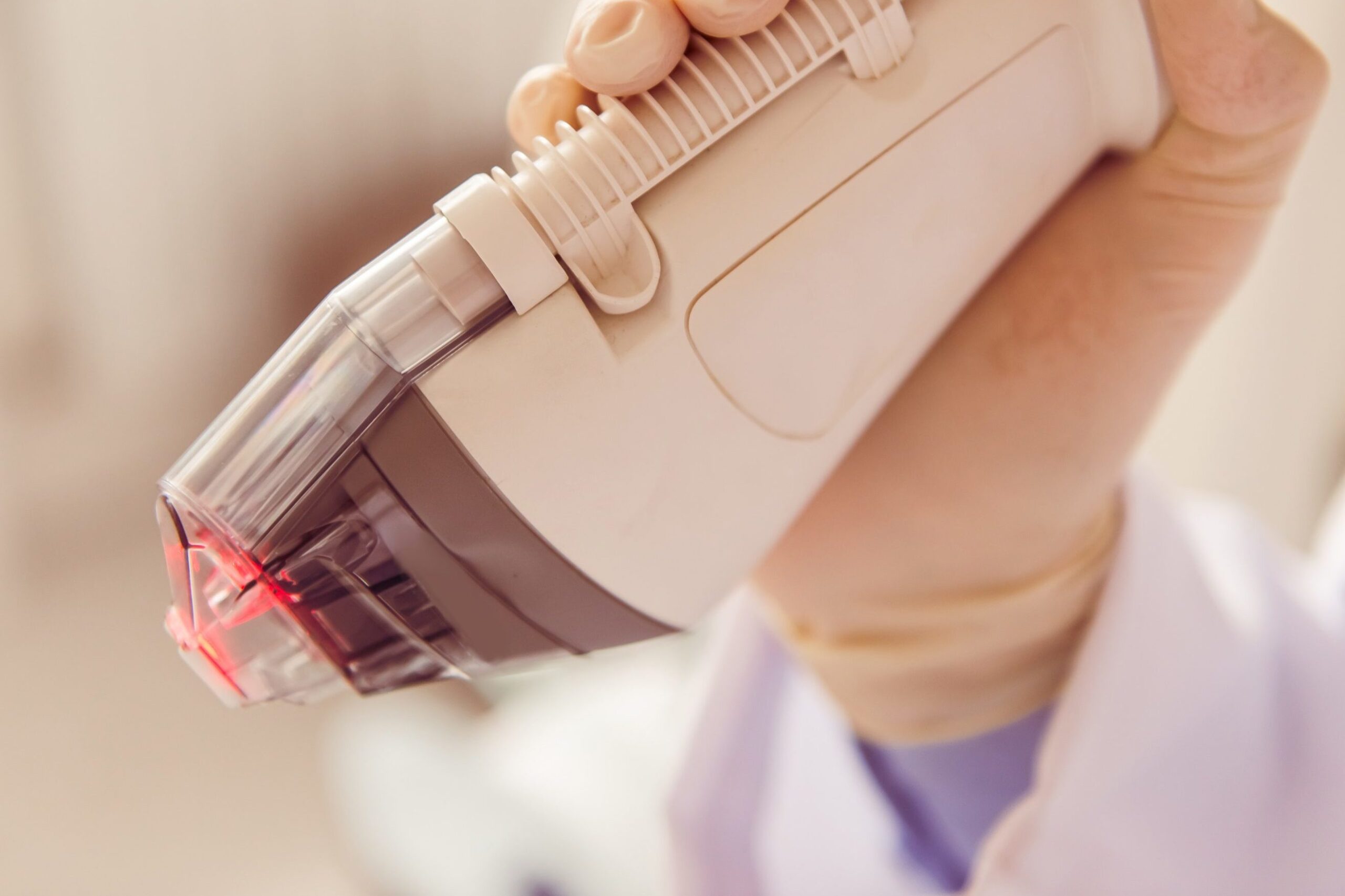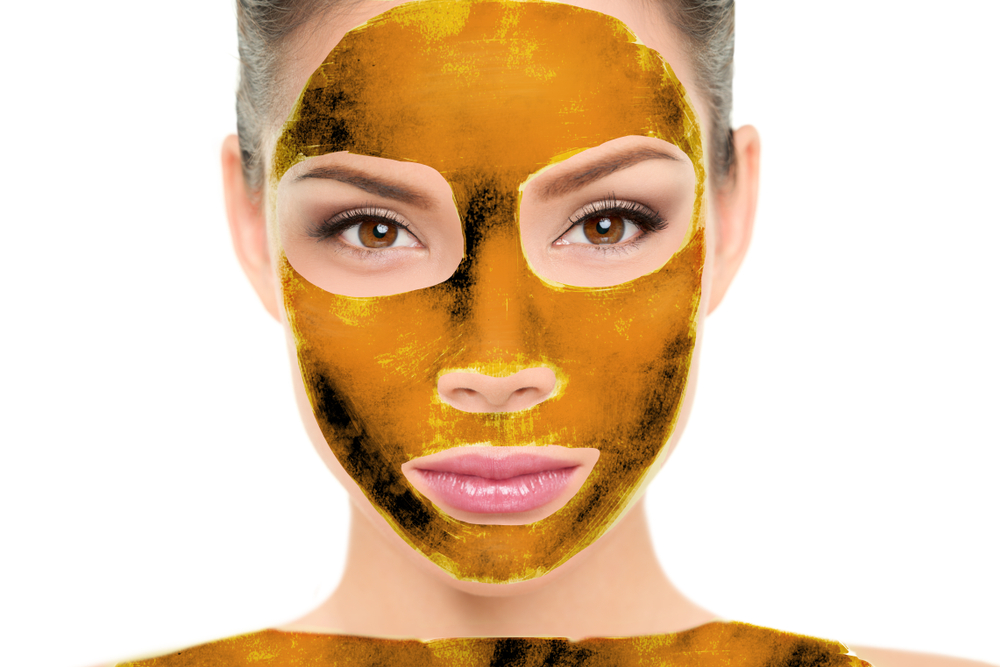Acne is a commonly occurring skin condition and can occur anywhere on the body, including the back. Back acne is usually caused by the build-up of excess oil, sweat, and dead skin cells. Acne can occur at any age for various reasons, including daily habits, genetics, medications, hormones, sweat, stress, etc.
Most people get acne during adolescence, and for some people, it will resolve on its own. Appropriate treatments may help cure back acne and minimize outbreaks. Without treatment, back acne can result in dark spots and permanent scarring.
This article will cover back acne or bacne in detail and the best options to get rid of it.
What is Back Acne?
Acne breakout on the back is called back acne (Bacne). These lesions occur when the pores or hair follicles on the skin get blocked by oil, sebum, sweat, dead skin cells, along with bacterial growth. As a result, red bumps and pus-filled lesions (pimples) may occur.
Like the face, the back is also more susceptible to acne breakouts due to numerous oil and sweat glands. Squeezing, scratching, or picking can result in scarring and make the acne worse.
Acne scars need not be permanent, and some home remedies and medical treatments can help eliminate them.
Types of Back Acne Scars
Back acne can cause severe physical complications, including scarring and skin color changes, such as darkening of the skin. With nodular or cystic acne, scars can be pitted or raised and thick. The best approach to spots and skin blemishes is to prevent them by seeking powerful acne treatment early.
Treatment options may vary depending on the acne scar types:
- Atrophic Scars: These appear as small indents in the skin. These occur during the healing process when the skin doesn’t make sufficient fibroblasts. Fibroblasts are cells that aid in the wound healing process and synthesis of collagen.
- Hypertrophic Scars: These scars are elevated and resemble a keloid. It does not spread into surrounding tissues and regresses spontaneously. It is rarely painful.
- Keloid Scars: It is similar to hypertrophic scars but much thicker than the original lesion spot. These occur in the dermis and adjacent subcutaneous tissues, darker than the surrounding skin. Keloid scars may sometimes cause itchiness or pain.
Treatments To Get Rid Of Back Acne Scars
There are many ways to get rid of acne scars. For mild or moderate back acne, over-the-counter products can effectively control the breakouts. Benzoyl peroxide foaming wash can be an effective treatment for mild to moderate acne. It works by eliminating bacteria on the skin and is most effective when used every day. There are various ways to fight acne and reduce the appearance of the scars.
Topical Treatments
There are various topical creams available over-the-counter to help manage acne and reduce scar appearance. Some of the at-home treatments include:
- Salicylic Acid
This ingredient is often found in acne skin care products. Salicylic acid helps clear dead skin cells and other debris, leading to acne from the skin pores. It works by reducing swelling and redness in the area, which may, in turn, minimize the appearance of scarring.
Salicylic acid can be used for all scar types. Adding it to the daily skincare routine may help deal with acne eruptions.
People with sensitive skin must test salicylic acid-containing products before using them. A test can be performed on a small area of the skin since it may cause irritation or dryness.
- Retinoids
Some topical retinoids are said to potentially reduce acne lesions, block inflammation, and accelerate cell regeneration. Retinoids not only help get rid of the acne scars but also help lighten hyperpigmented acne scars.
Individuals using retinoids for acne or scar treatment should use sunscreen when going outdoors since it can cause skin sensitivity to the sun.
- Alpha Hydroxy Acids (AHAs)
This topical helps get rid of dead skin cells and prevent pores from being clogged. AHAs treat acne and reduce the appearance of acne scars.
AHA helps reduce discoloration due to scarring by exfoliating the outer layer of the skin.
- Lactic Acid
It acts as a gentle peel to clear dead skin cells. It helps reduce the appearance of scars and smoothens overall skin texture. It also helps lighten dark scar tissue.
Many products, such as diluted apple cider vinegar, contain lactic acid. It is a more natural and cost-effective treatment.
- Natural Remedies
Many natural remedies also aid in clearing up acne scars, though the science behind them is unclear. Some of the home remedies that people use are:
- Coconut oil
- Shea butter
- Aloe Vera gel
- Raw honey
- Baking soda
- Lemon juice
Medications/Oral Drugs
A dermatologist or a healthcare provider may prescribe an oral medication if a person has a severe case of acne, including acne cysts and nodules. Oral treatment may include:
- Antimicrobials that kill acne-causing bacteria and reduce inflammation. Sometimes, doctors will prescribe these medications along with topical creams. The prescribed drug must be taken for at least 2 to 6 months to notice a visible change.
- Hormone replacement therapies and birth control pills that impact hormones can reduce the amount of oil the skin secretes, but they can usually take up to 3 to 4 months to see visible effects.
- Isotretinoin (Accutane) is a powerful drug that can help its users for up to 2 years after the treatment. This medication has potential side effects, such as causing depression, suicidal ideations, congenital disabilities, joint pain, etc. It is not advocated for pregnant women and women planning to get pregnant. Blood tests are required before prescribing isotretinoin and for monitoring purposes while on this drug.
Medical Treatments/In-Office Procedures
There are several in-office medical treatments available to treat back acne scars. Depending on a person’s skin type and the magnitude of scarring, the dermatologist will recommend different procedures. Some procedures have been clinically proven to reduce acne scarring.
- Chemical Peels
A skincare expert or a dermatologist will recommend suitable chemical peels after evaluating the person’s skin type, the severity of the acne, and scarring. Strong chemical peels comprising salicylic acid, glycolic acid, and hydroxyl acids can treat back acne scars.
A chemical peel is applied to the back and allowed to penetrate through the skin cells. Some of these agents will remain on the skin, and another product is applied to neutralize other agents. A single application can improve the appearance of the scar by about 90 percent.
Chemical peels can be used for all types of acne scars and often for deeper scars.
- Microneedling
Microneedling is becoming an increasingly accepted method to treat back acne scars. With this non-invasive treatment, skin color, texture, and acne scars can all be improved. It practically has no downtime.
Microneedling, also called collagen induction therapy, employs tiny needles inserted into the skin around the scars. It stimulates the body to produce more collagen and elastin. The new collagen production smoothens the skin by tightening it and reduces the appearance of the scars.
- Laser Treatment
Laser treatments can be effective in improving acne and acne scars without the use of chemicals or scrubs. It exfoliates the uppermost skin layer to expose the younger skin cells beneath, thereby reducing the appearance of scarring.
Light therapy or photodynamic therapy can be used to reduce inflammation of active acne. Vascular lasers and broadband light treatments, such as pulsed dye laser or intense pulse light, can be utilized to improve post-inflammatory pigmentation. Non-ablative and ablative resurfacing lasers help treat indented acne scars.
For rare hypertrophic or keloid scars, vascular lasers or resurfacing lasers are combined with intralesional cortisone injections or topical cortisone to help improve the scar appearance.
- Injections
Corticosteroid injections may be used for hypertrophic or keloid scars to treat raised acne scar tissue. This treatment comprises a series of injections.
Injections are given once every few weeks, and results are monitored.
- Dermal Filler
Soft tissue fillers are also sometimes recommended to reduce the appearance of scars. It works best for atrophic scars.
Commercial dermal fillers, such as hyaluronic acid (HA), polymethylmethacrylate (PMMA), and poly-L-lactic acid (PLLA), are used. A filler consisting of a collagen-based product is typically chosen, and allergy testing is required before proceeding with the procedure.
The outcomes of dermal fillers are temporary and usually last between 6 and 18 months.
Skin Care after Back Acne Scar Treatment
Skincare is very important during and after acne scar treatment. Acne scar treatment must be attempted once the acne is under control. If not, new acne blemishes will spring up as soon as the acne scars are treated, requiring further treatment.
It is also important to avoid going out in the sun since it can cause new acne flares and worsen discoloration. It is significant to use gentle exfoliators and cleansers, oil-free moisturizers, and sunscreens continuously to maintain clear skin and prevent new acne breakouts or irritation.
The Takeaway
Acne may be caused by various reasons, including genetics, food, stress, skincare products, medications, etc. Acne breakouts can lead to potential acne scars, and the aim is to prevent or reduce the occurrence of acne.
Various treatments are offered to get rid of back acne based on the severity of scarring, acne breakouts, and an individual’s skin type. Finding the causes for back acne breakouts and preventing them with adequate measures may be the first step to clear skin.
Consult with your dermatologist or healthcare provider before considering new treatment options.









